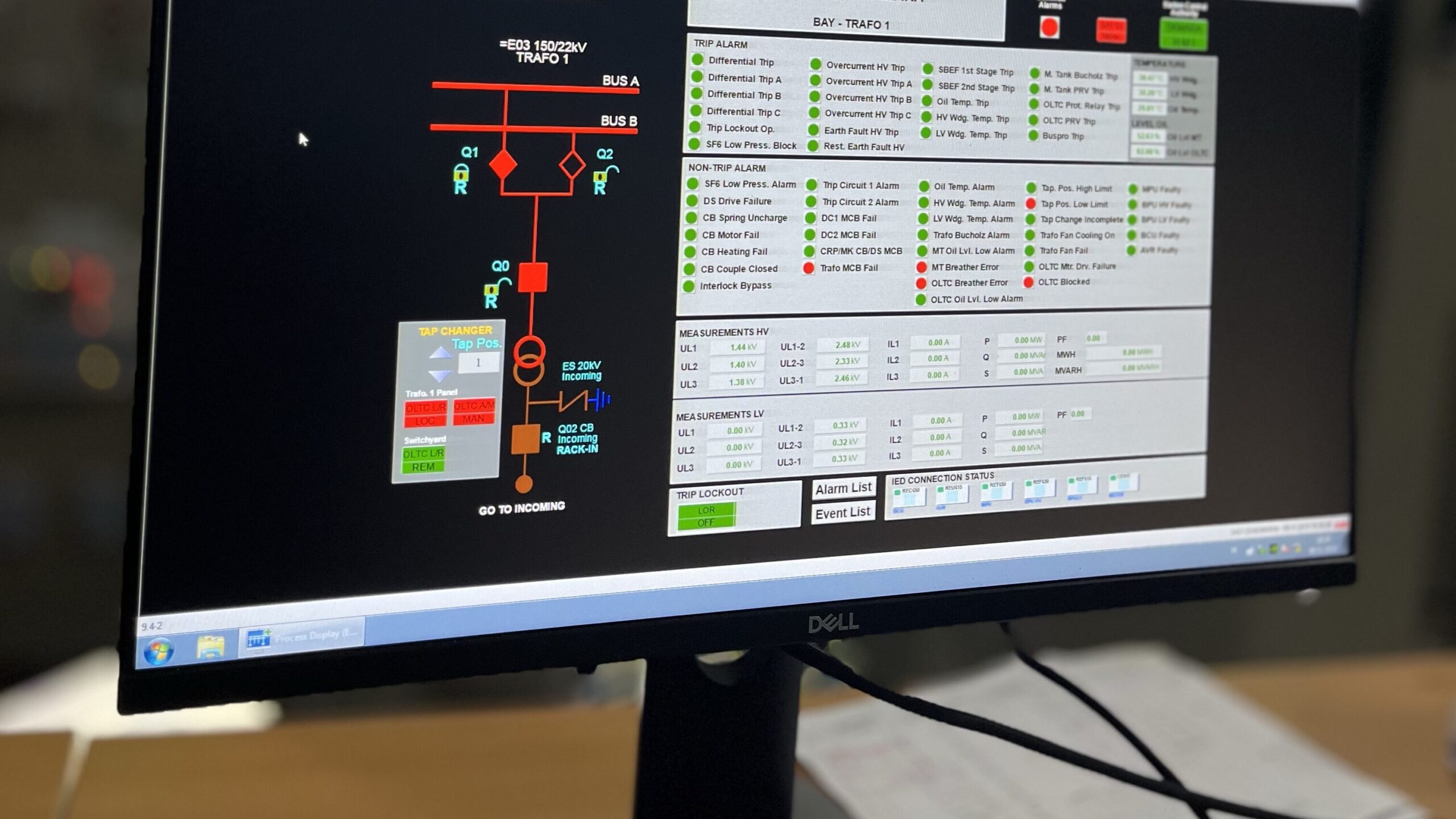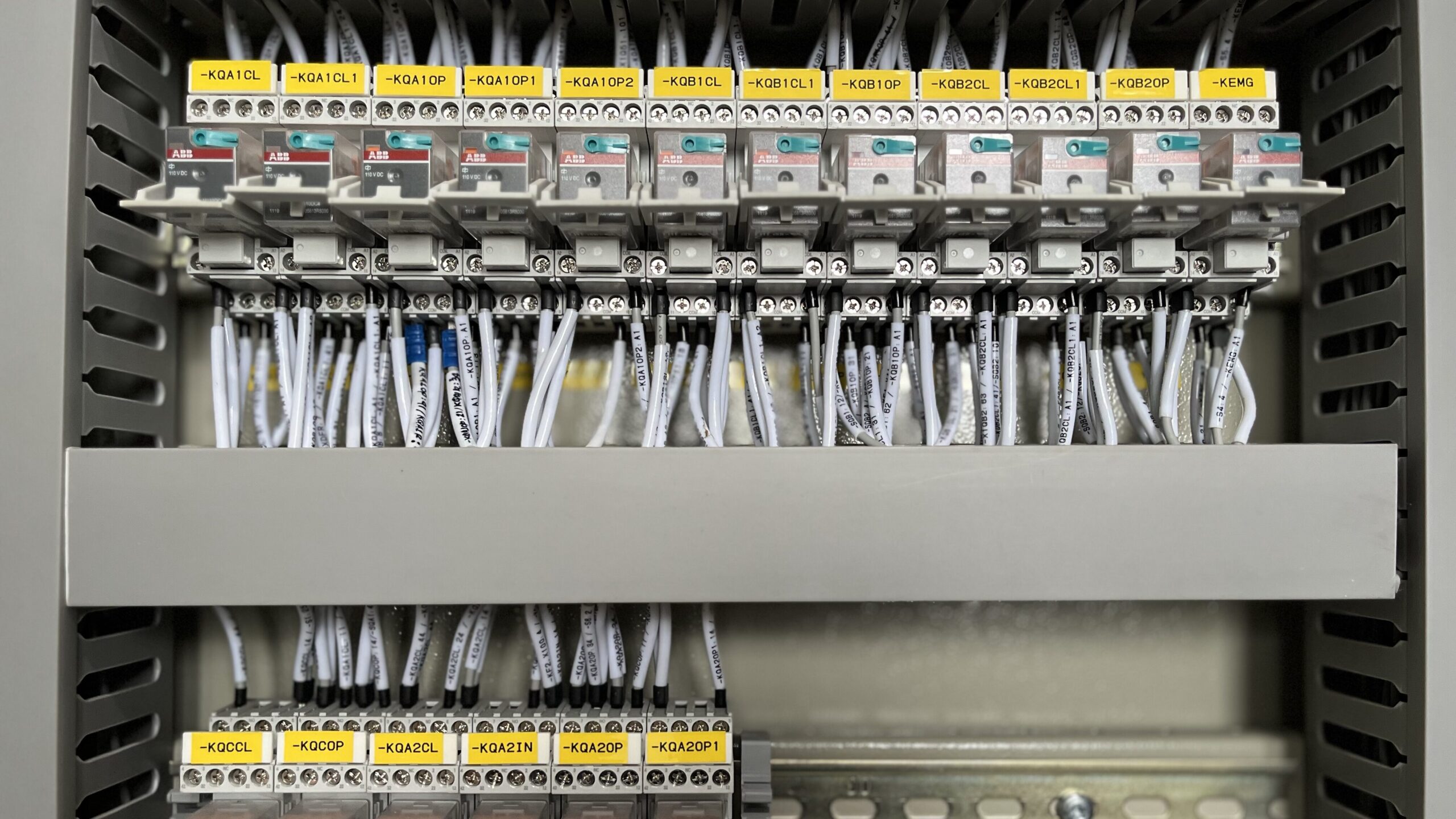
SCADA means Supervisory Control and Data Acquisition
SCADA (Supervisory Control and Data Acquisition) is a computer-based industrial control system used to monitor and control industrial processes, infrastructure, and facilities. It is a centralized system that gathers and analyzes data from various sensors and equipment in real-time and provides operators with visual displays to monitor and control the system.
SCADA systems are commonly used in industries such as energy, water treatment, manufacturing, and transportation to control and monitor critical infrastructure and equipment. The system typically consists of remote terminal units (RTUs), which are located in the field and collect data from sensors and equipment, and a central control system that analyzes the data and provides operators with real-time information and alerts.
SCADA systems are critical for ensuring the efficient and safe operation of industrial processes and infrastructure. They provide operators with a comprehensive view of the system, allowing them to quickly identify and respond to issues and optimize performance. Within the Substation Automation System, SCADA is the end point of integration to monitor the Power Management System and distribution.
What is the function of SCADA?

The main function of a SCADA (Supervisory Control and Data Acquisition) system is to monitor and control industrial processes and infrastructure. This is achieved through the following functions:
- Data Acquisition: SCADA systems collect data from various sensors and equipment in real time. This data includes information about the status, performance, and condition of the equipment and infrastructure.
- Data Analysis: The SCADA system analyzes the data collected from the sensors and equipment to provide operators with a comprehensive view of the system. This includes identifying trends, anomalies, and patterns in the data.
- Visualization: The data collected and analyzed by the SCADA system is presented to operators in the form of visual displays, such as graphs, charts, and alarms. This allows operators to monitor the system in real-time and quickly identify and respond to issues.
- Control: The SCADA system can be used to control industrial processes and infrastructure. This includes adjusting setpoints, turning equipment on or off, and activating alarms.
- Optimization: SCADA systems can help optimize industrial processes and infrastructure by identifying inefficiencies and providing recommendations for improvement. This includes identifying areas for cost reduction, improving equipment reliability, and increasing energy efficiency.
So, The main function of a SCADA system is to provide operators with real-time information about industrial processes and infrastructure, allowing them to monitor and control the system, and optimize performance.
Do we really need SCADA?

In many industrial settings, SCADA (Supervisory Control and Data Acquisition) systems are essential for ensuring the safe, efficient, and reliable operation of critical infrastructure and equipment. Here are some reasons why we need SCADA:
- Improved Efficiency: SCADA systems allow for the real-time monitoring and control of industrial processes and equipment. This enables operators to make adjustments and optimizations in real-time, resulting in increased efficiency and reduced waste.
- Enhanced Safety: SCADA systems provide early warning notifications and alarms for any unsafe or hazardous conditions that could potentially harm workers or damage equipment. This helps to prevent accidents and protect personnel.
- Reduced Downtime: By continuously monitoring equipment and identifying potential problems before they occur, SCADA systems can help reduce unscheduled downtime and improve overall equipment reliability.
- Remote Monitoring: SCADA systems can be accessed and controlled remotely, allowing operators to monitor and control industrial processes and equipment from a central location. This can be especially useful for sites that are located in remote or difficult-to-access locations.
While not every industrial setting requires a SCADA system, they are an essential tool for many industries and can significantly improve the efficiency, safety, and reliability of industrial processes and infrastructure.
Enhancing Efficiency and Safety: The Power of HMI Software
The cost of SCADA

The cost of a SCADA (Supervisory Control and Data Acquisition) system can vary widely depending on the complexity and size of the system, as well as the specific needs and requirements of the application. Here are some factors that can impact the cost of a SCADA system:
- System Size: The cost of a SCADA system will depend on the number of sensors, equipment, and control points that need to be monitored and controlled. Larger systems will generally be more expensive than smaller ones.
- Complexity: The complexity of the SCADA system will also affect the cost. More complex systems, such as those used in large-scale industrial processes or transportation infrastructure, will require more sophisticated software and hardware, which can drive up the cost.
- Customization: The cost of a SCADA system can also be impacted by the need for customization. If a system needs to be tailored to meet specific requirements or integrate with existing systems, this can add to the cost.
- Installation and Maintenance: The cost of installing and maintaining the SCADA system will also need to be considered. This can include the cost of hardware, software, labor, and ongoing maintenance and support.
Overall, the cost of a SCADA system can range from tens of thousands of dollars to hundreds of thousands or even millions of dollars,
What is Remote Terminal Unit? A Basic Guide
depending on the specific needs and requirements of the application. It is important to carefully evaluate the costs and benefits of a SCADA system to determine if it is a cost-effective solution for a particular application.

You must be logged in to post a comment.